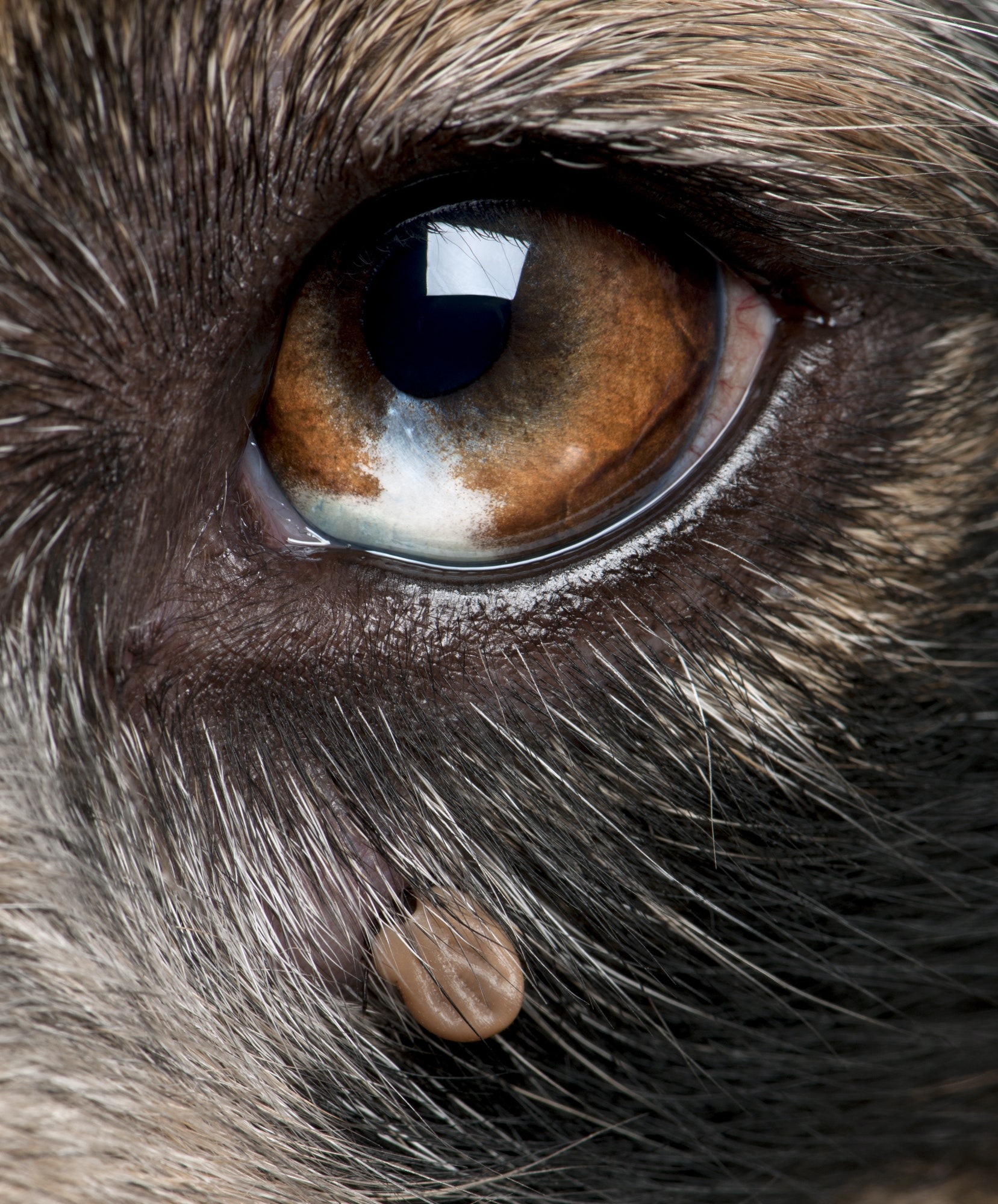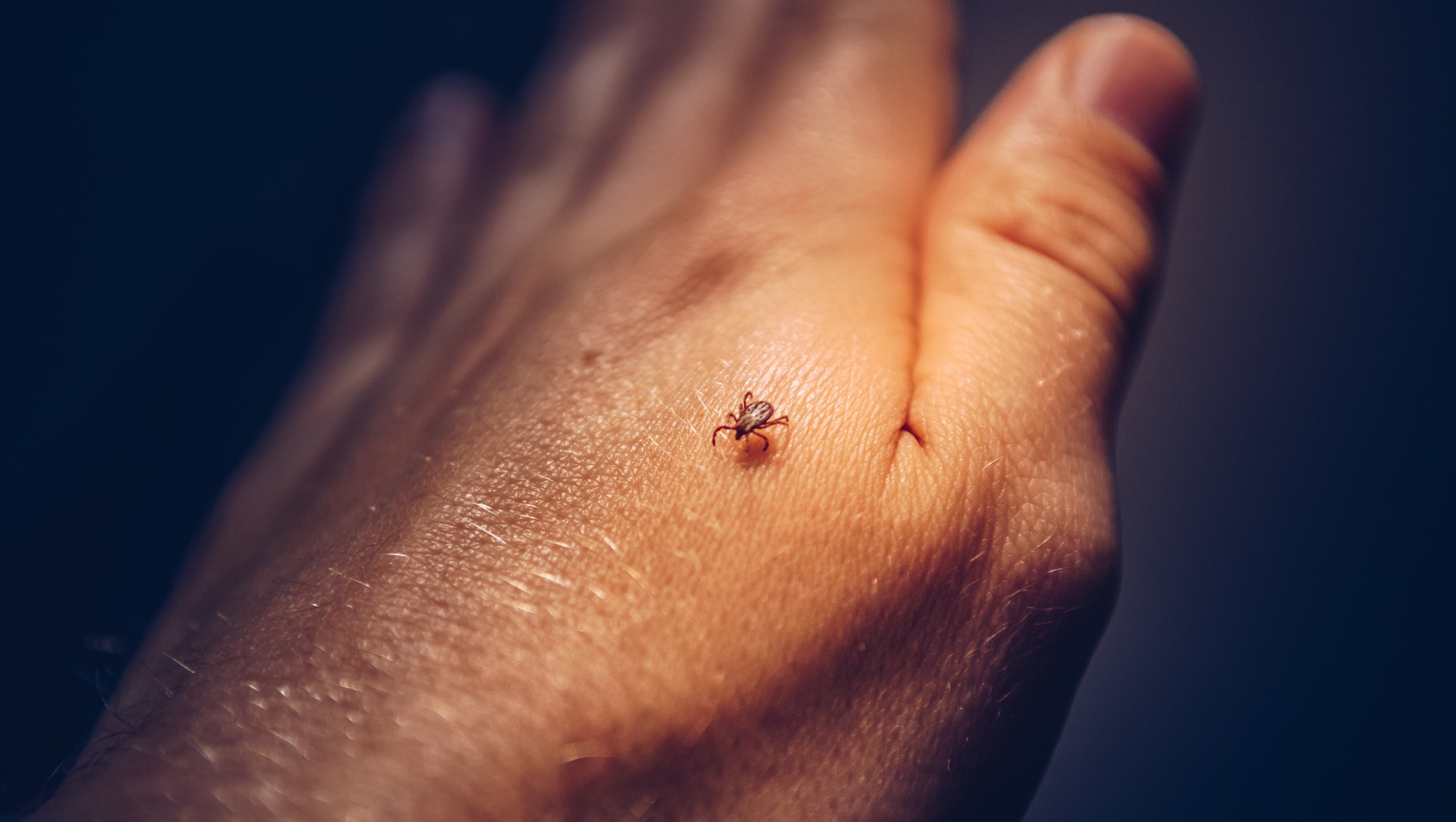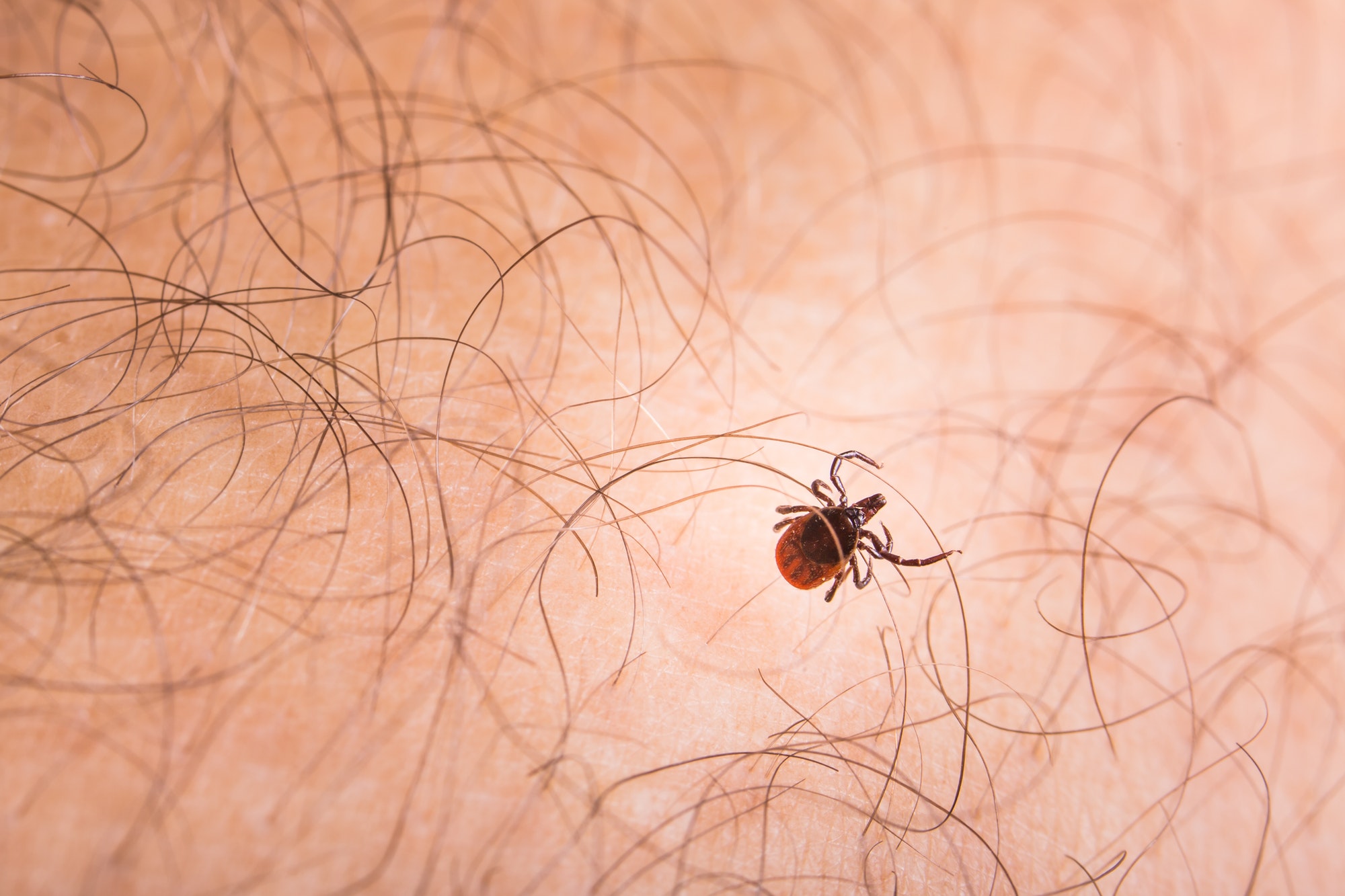Why Ticks Are So Dangerous To Humans And Pets?
According to the Center for Disease Control and Prevention also known as CDC; reports of tick-borne diseases have increased during the last 10 years. As stated in the lifespan article, people who have a suppressed immune system may suffer more severe effects of a tick-borne disease. Some people who don’t get those tick-borne diseases taken care of during the first stage will suffer the later stages that affect the heart(carditis), the brain(meningitis, Bells’ palsy), and the joints(arthritis).
Ticks are also more likely to transmit an infection from animals to humans. The reasons for this are softer substrates that humans and other mammals have in common. Also, “the size of the capitulum may also affect the ability of a tick to transmit an infection. “Secure attachments lead to increased feeding times, which increase the probability of successful transmission for tick-borne pathogens”(Laura Hyesung Yang & Barbara A. Han).
According to the Center for Disease Control and Prevention also known as CDC; reports of tick-borne diseases have increased during the last 10 years. As stated in the lifespan article, people who have a suppressed immune system may suffer more severe effects of a tick-borne disease. Some people who don’t get those tick-borne diseases taken care of during the first stage will suffer the later stages that affect the heart(carditis), the brain(meningitis, Bells’ palsy), and the joints(arthritis).

Ticks are also more likely to transmit an infection from animals to humans. The reasons for this are softer substrates that humans and other mammals have in common. Also, “the size of the capitulum may also affect the ability of a tick to transmit an infection. “Secure attachments lead to increased feeding times, which increase the probability of successful transmission for tick-borne pathogens”(Laura Hyesung Yang & Barbara A. Han).
The similarities humans have with ticks make ticks much more of a threat because of the fact that they can spread diseases to humans. Ticks are also harmful to pets such as dogs. When a tick bites and starts sucking on the blood of the dog it can leave red marks that can also be irritating and “Although rare, ticks can consume enough of your dog’s blood to cause a deficiency called anemia. Certain female ticks can also cause a rare paralysis in dogs as a result of a toxin they produce while feeding.”” (https://www.petsandparasites.org/dog-owners/ticks/). Like humans, pets can also get a disease as a result of tick bites. Common tick-borne disease pets can get from tick bites is Lyme disease. There are diseases that can kill dogs that come from tick bites. Canine babesiosis is a disease that is caused by a parasite that is similar to malaria. This can cause dogs to have low energy, pale gums, dark urine, discolored stools, weight loss, fever, and an enlarged abdomen. But even when dogs are getting treated they could still die from low blood pressure and shock. Another Disease is Canine Anaplasmosis which causes pain in the joints, fever, lethargy, and a loss of appetite. It can cause seizures and kidney disease which can result in the death of the dog, although it is rare. Rocky Mountain Spotted Fever (RSMF) is a disease that affects dogs and humans. This also causes appetite loss, cough, pinkeye, joints, and legs swelling, seizures, skin lesions, and renal failure. (RMSF) can kill dogs if it is left ignored and untreated. ticks can hide in places on pets so they aren’t easy to detect immediately. In dogs, for example, Ticks can hide around the eye and eyelid. Ticks can also hide under the collar of a dog and ticks can also hide under the harness on a dog too

In conclusion, ticks can be harmful to pets and surprisingly to humans too. They can spread diseases to humans and can kill pets such as dogs. Ticks are also able to hide well on the body of pets so it may be difficult to find them until they are already having an effect on the body of pets.
The main way to protect ourselves from ticks, is to educate ourselves. The most effective form of protection is preventing ticks from coming into contact with you and your pets. Think about clothing whenever you are in areas where ticks could be present. Wear clothes that cover your arms and legs and light colored clothing to see if a tick is on you. Stay on trails and always check for ticks when you get home. If you are worried about ticks on your dogs, watch for changes in their appetite or behavior and check your dogs often if they spend a lot of time outdoors. To prevent your dogs from ticks, talk to your veterinarian about the best options to protect your dog.
Author: Iwinosa Obasuyi
New Jersey Institute of Technology
Works Cited
- Ticks.” Pets & Parasites by CAPC, CAPC, 2020, www.petsandparasites.org/dog-owners/ticks/
- K., Charles. “Why Ticks Are So Dangerous.” Rottler Pest Solutions, 4 Oct. 2019, www.rottler.com/why-ticks-are-so-dangerous
- Illnesses on the rise. (2018, May 01). Retrieved October 30, 2020, from https://www.cdc.gov/vitalsigns/vector-borne/index.html
- T. Levi, F., J. Elith, J., T. Hastie, R., Berger, S., BA. Han, J., BA. Han, J., . . . A. Bursali, A. (1970, January 01). Data-driven predictions and novel hypotheses about zoonotic tick vectors from the genus Ixodes. Retrieved October 30, 2020, from https://bmcecol.biomedcentral.com/articles/10.1186/s12898-018-0163-2
- Understanding and Preventing Tick Bites | NIH MedlinePlus Magazine.” MedlinePlus, U.S. National Library of Medicine, magazine.medlineplus.gov/article/understanding-and-preventing-tick-bites
- Dogs and Ticks: What You Need to Know. (n.d.). Retrieved October 30, 2020, from https://www.akcpetinsurance.com/blog/dogs-and-ticks-what-you-need-to-know
- Ticks. (n.d.). Retrieved October 30, 2020, from https://www.petsandparasites.org/dog-owners/ticks/
- Vinopal, L. (2020, May 22). 5 Deadly Ticks That Could Kill Your Dog – And What to Look Out For. Retrieved October 30, 2020, from https://www.fatherly.com/health-science/ticks-can-kill-your-dog
- “Preventing Ticks on Your Pets.” Centers for Disease Control and Prevention, Centers for Disease Control and Prevention, 10 Jan. 2019, www.cdc.gov/ticks/avoid/on_pets.html








